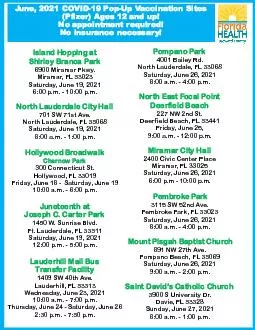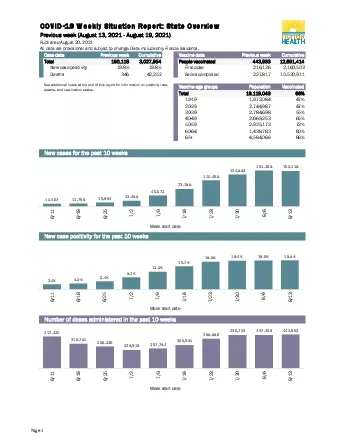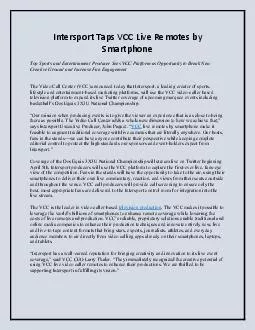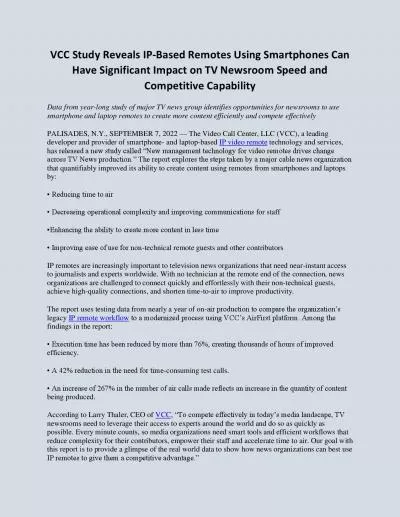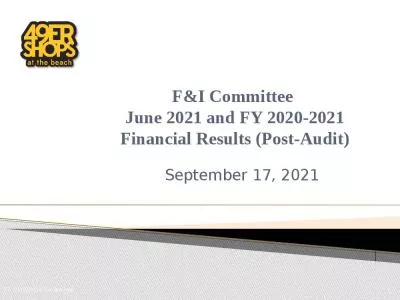PPT-Live Case 11/2021 80 y.o
Author : jones | Published Date : 2022-02-15
male w PMH of HTN HLD AFib former smoker COPD CKDstage 2 known CAD sp CABG x 3 on 62018 LIMAgtLAD SVGgt Diag SVGgtOM sp RCA PCI on 7232021 Patient continues
Presentation Embed Code
Download Presentation
Download Presentation The PPT/PDF document "Live Case 11/2021 80 y.o" is the property of its rightful owner. Permission is granted to download and print the materials on this website for personal, non-commercial use only, and to display it on your personal computer provided you do not modify the materials and that you retain all copyright notices contained in the materials. By downloading content from our website, you accept the terms of this agreement.
Live Case 11/2021 80 y.o: Transcript
Download Rules Of Document
"Live Case 11/2021 80 y.o"The content belongs to its owner. You may download and print it for personal use, without modification, and keep all copyright notices. By downloading, you agree to these terms.
Related Documents




